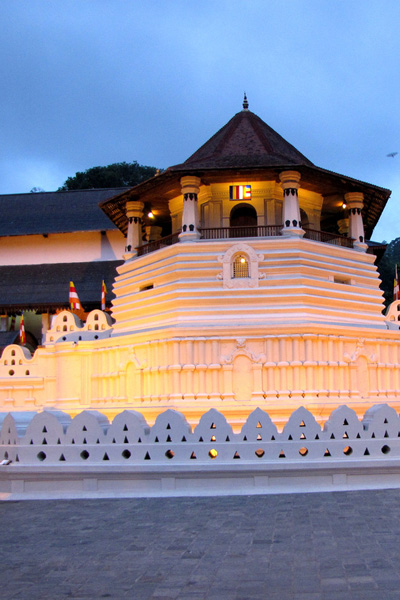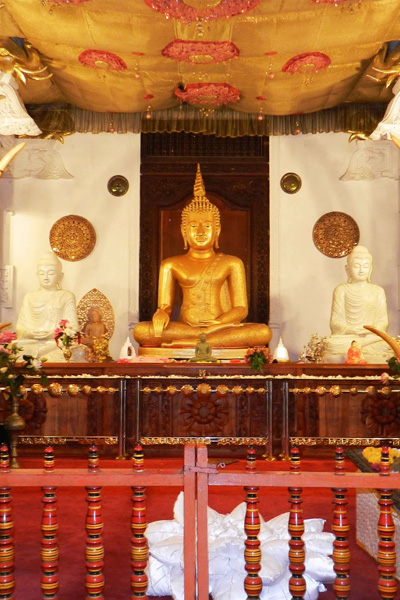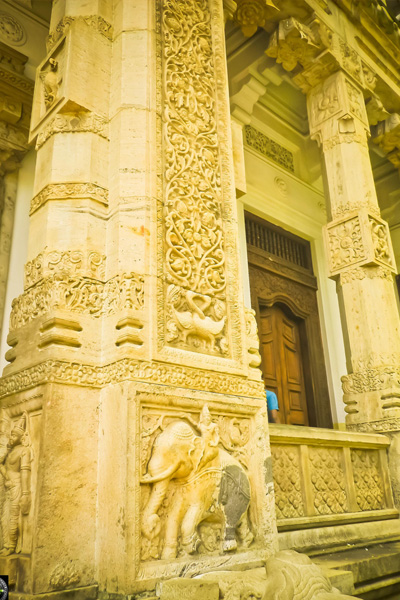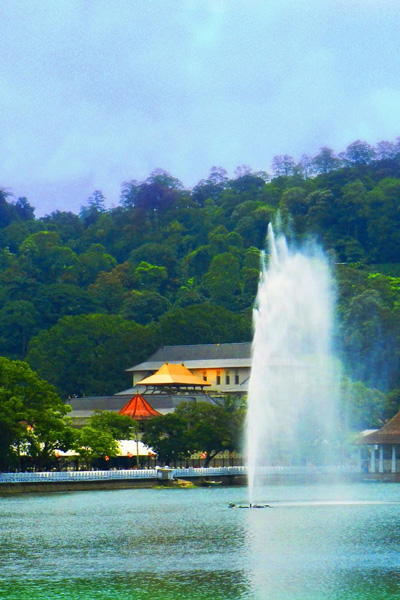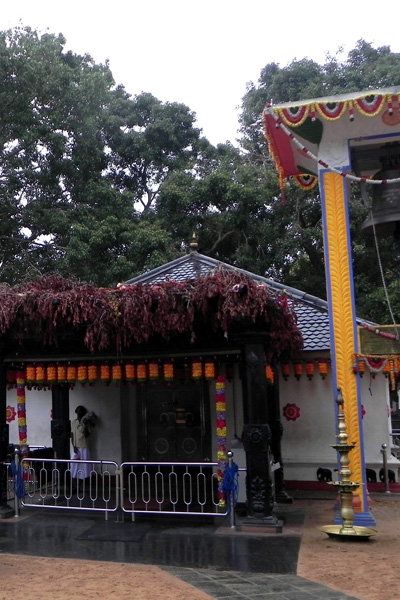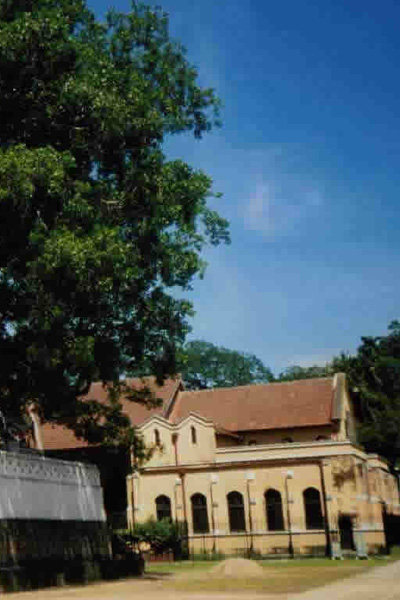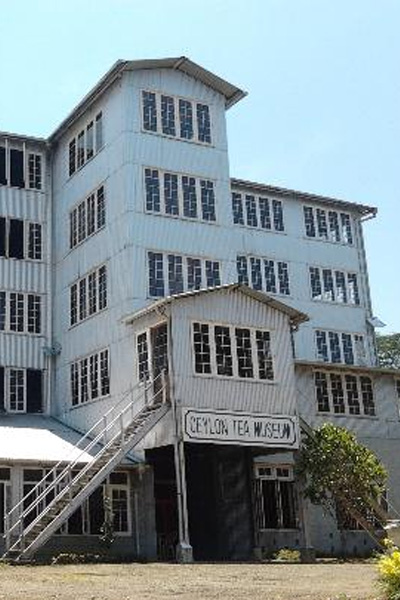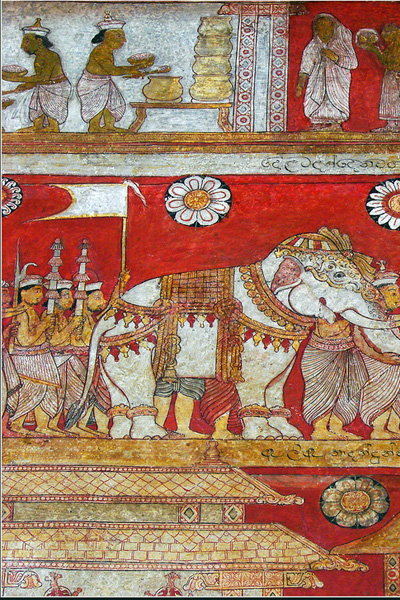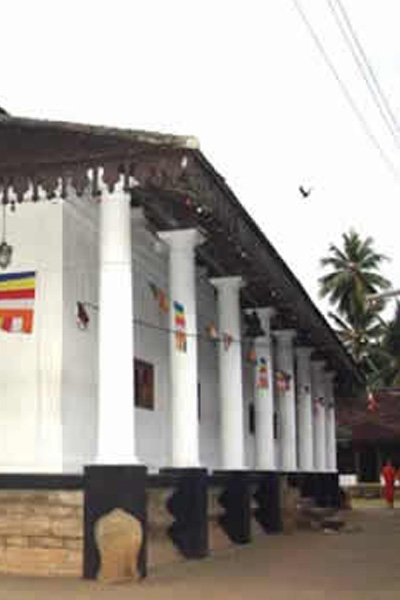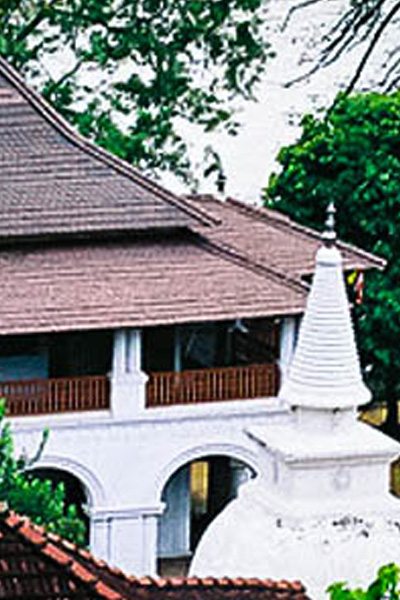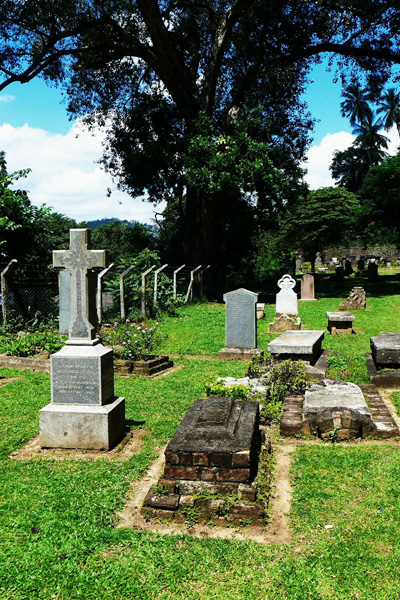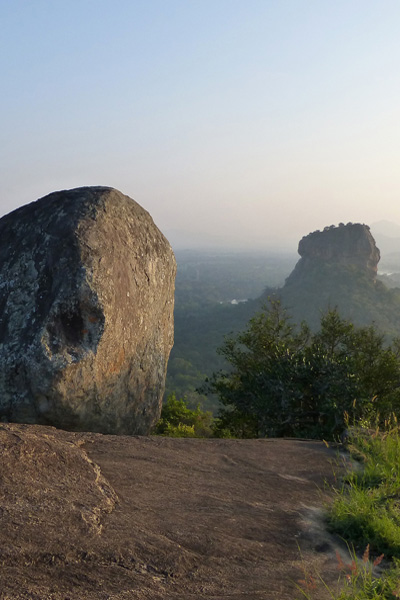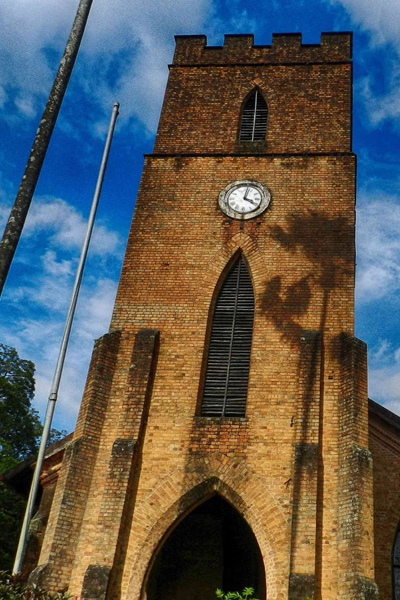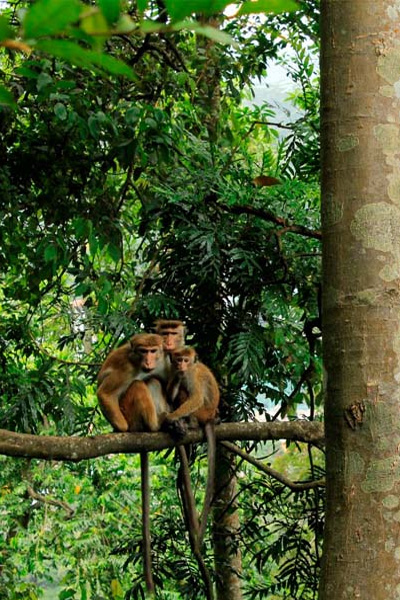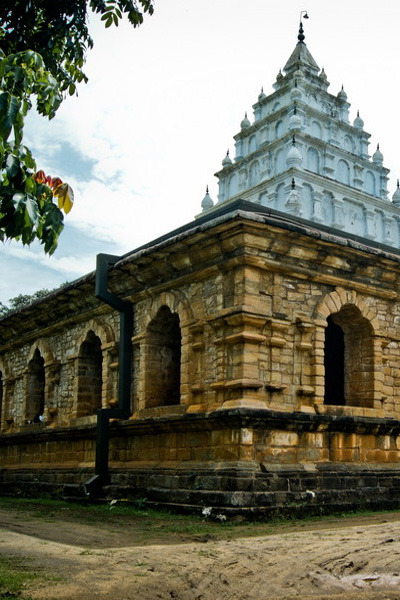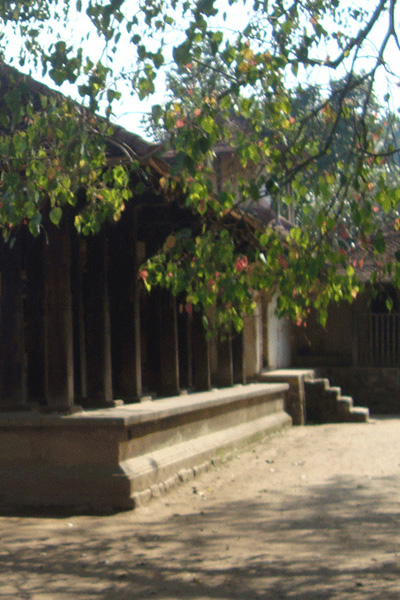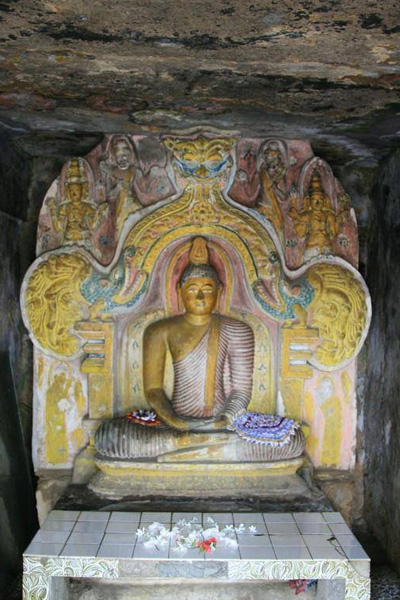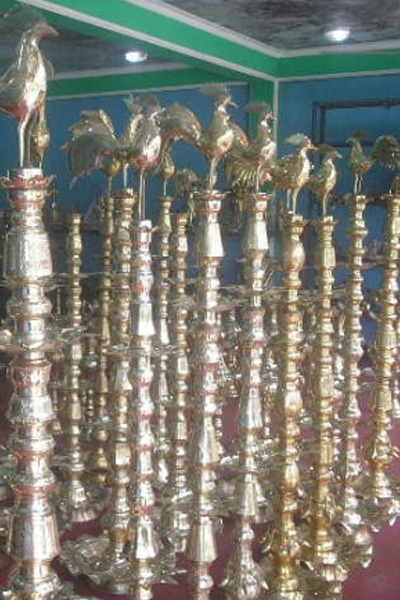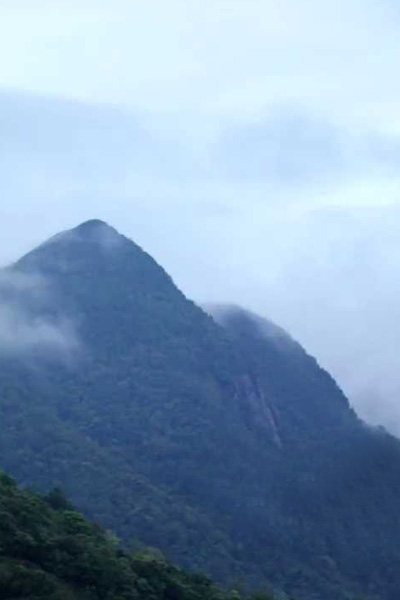

Declared a World Heritage Cultural Site by UNESCO in 1988, Kandy is the last capital of the Sri Lankan kings. The name "Kandy" conjures visions of splendor and magnificence. Located in the Central Province, Sri Lanka, at a distance of 115 km from Colombo, Kandy is the second largest city in the country. Kandy is surrounded by forested hills and is climatically agreeable due to its 500 meters altitude.
Kandy is the home of The Temple of the Tooth Relic (Sri Dalada Maligawa), one of the most sacred places of worship in the Buddhist world. Kandy has a rich history. Many of the legends, traditions and folklore are still lovingly kept alive. Beautiful lake of Kandy is built by the last Sinhala king Sri Wickrama Rajasinghe in 1798.
In 1592 Kandy became the capital city of the last remaining independent kingdom in the island after the coastal regions had been conquered by the Portuguese. Several invasions by the Portuguese and the Dutch (16th, 17th and 18th century) and later by the British (most notably in 1803) were repelled. Beautiful lake of Kandy is built by the last Sinhala king Sri Wickrama Rajasinghe in 1798.
The city promises a number of tourist attractions, which include the Old Royal Palace and the famous Temple of the Tooth Relic and also offers an exciting shopping experience with souvenirs ranging from precious stones and handmade laces to stone and wooden carvings. Kandy Esala Perehera, an annual parade of the Temple of the Tooth Relic adds glamour to the city in the month of August.
Kandy is a main transportation hub in the country and also the gateway to the Central Highlands. You can reach Kandy by rail, road or an air. Main roads from Colombo to Kandy which runs through rubber plantations, paddy fields and coconut plantations and from Kandy to Nuwara Eliya which runs through tea plantations are two of the most scenic roads in Sri Lanka.
